An A to Z of the Chiswick House Archives: Z is for Zoffany
Z is for Zoffany, Johan Zoffany
In our A to Z of the Chiswick House archives, volunteer archivist Cluny Wells has been exploring some of the fascinating history hidden within Chiswick House & Gardens.
The link between the artist Zoffany and Chiswick House and its occupants is a painting of the children of the 4th Duke of Devonshire playing in the grounds of Chiswick House in 1763-4, around the same time as Zoffany had taken a lease on a ‘country house’, known as London Stile House, in Chiswick.
Even though the painting was unsigned, an entry in the volume of Household Accounts at Chatsworth from 1760-1765 seems to verify the artist as being Zoffany.
The 1765 records show:
“Paid ye Guardians what they had paid for a picture by Zophenii £84…0…0”.
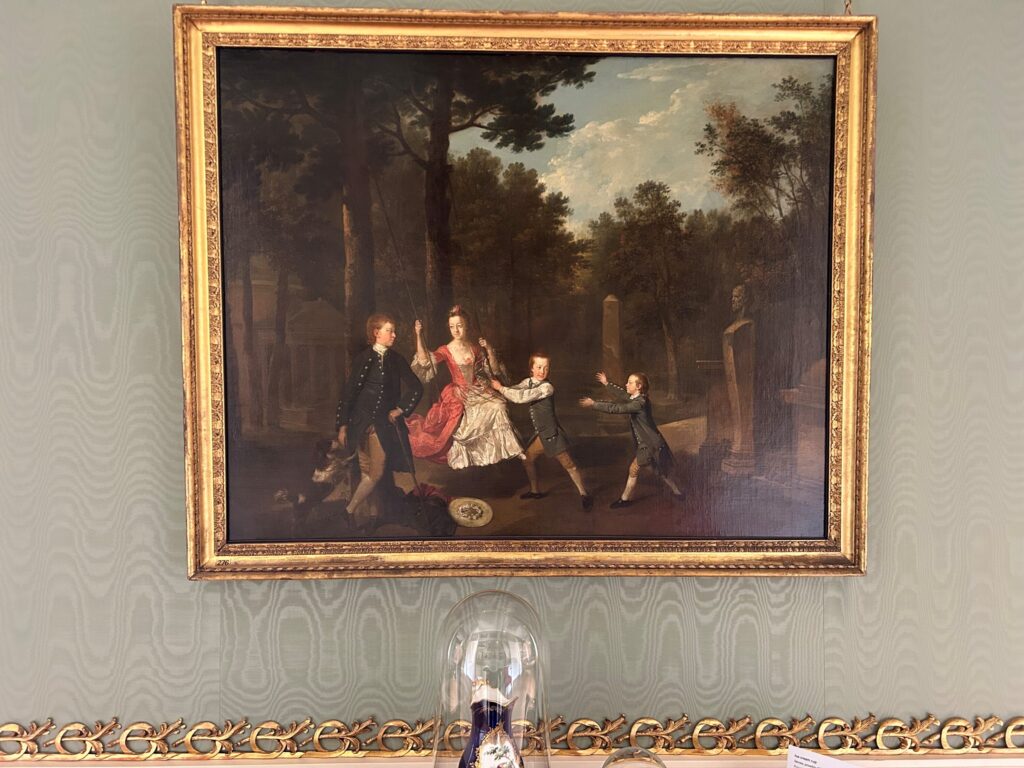
The children are depicted in the gardens of Chiswick, which passed to the Devonshire Family on the death of the 3rd Earl of Burlington in 1753.
In the painting are l-r: William Cavendish, later 5th Duke (1748-1811) from the 4th Duke’s first marriage to Charlotte, younger daughter of Lord Burlington, and three children by his second marriage – Dorothy (1750-1794), Richard (1751-1781) and George (1754-1834) who became 1st Earl of Burlington in 1831.
Around the same time, the artist had been painting the children of the 3rd Earl of Bute. Bute was a friend and mentor of the 4th Duke of Devonshire and probably introduced him to the artist.
The painting is now on public display in the West Sketches at Chatsworth House.
Johannes Josephus Zoffany lived in London from 1760 until 1772, and again from 1789 until his death. He was buried in St Anne’s Churchyard in Kew Green.
Early Life
Zoffany was born on the 13th March 1733, in Frankfurt, Germany. His parents Anton and Ursula had previously moved there from Prague for economic reasons, and obtained their citizenship three years after Zoffany’s birth. At that time the family surname was spelt Zauffaley. As a skilled carpenter Anton, Zoffany’s father, worked at the court of Prince Alexander Ferdinand von Thurn und Taxis in Frankfurt. Zoffany was educated, until he reached the age of 13, with the Prince’s son together with all the sons of those who worked at the court. Zoffany was familiar with conversational French, horseback riding and shooting. Although his education was not a very intellectual one it did instil in him a sense of finesse and civility which were helpful as his future would depend on his ability to adapt to patrons from high society. As a Freemason, his father could provide useful contacts.
His family had to move with his employer- the Prince and court. Zoffany was sent off to study in Ellwangen, in Baden-Wurtemberg, probably in the studio of the sculptor Melchior Paulus. He returned to his parents and in 1750 he decided to go to study in Rome. His father sent him to Italy with a letter of introduction to a cardinal, who would secure him lodgings and enrol him in the studio of a Roman artist. He was also given plenty of money for his stay. Whilst in Rome Zoffany was friendly with Anton Raphael Mengs and Thomas Patch. During this time he was fond of “low-life”, and was described as both ‘licentious and improving in the same instant’, by the art critic Anthony Pasquin.
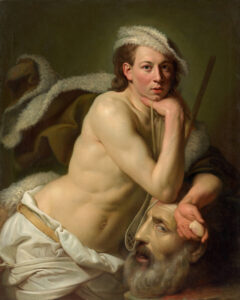
In 1756 Zoffany’s father was given the new position of court architect with a higher salary and a year later Zoffany returned to his parents in Regensburg. In the following three years, whilst there, he met his future first wife Maria Juliane Antoinetta Eiselein.
1760-1772 London
Zoffany left Germany suddenly in 1760. The artist Januarius Zick had returned to Koblenz. Zick was from the area and was offered the post of joint court painter to work with Zoffany. Zick was given a larger salary than Zoffany for the same work, and so Zoffany decided to move to London with his wife Juli. They settled in the Covent Garden area being offered lodgings by fellow Roman Catholics, and Zoffany found work with the leading clock maker of the time Stephen Rimbault decorating his clocks. It was a fertile area for artists, and Zoffany also made contacts such as David Garrick, the actor and theatre impresario, of whom he executed many paintings in his professional life on stage, and at home in Hampton with his wife.
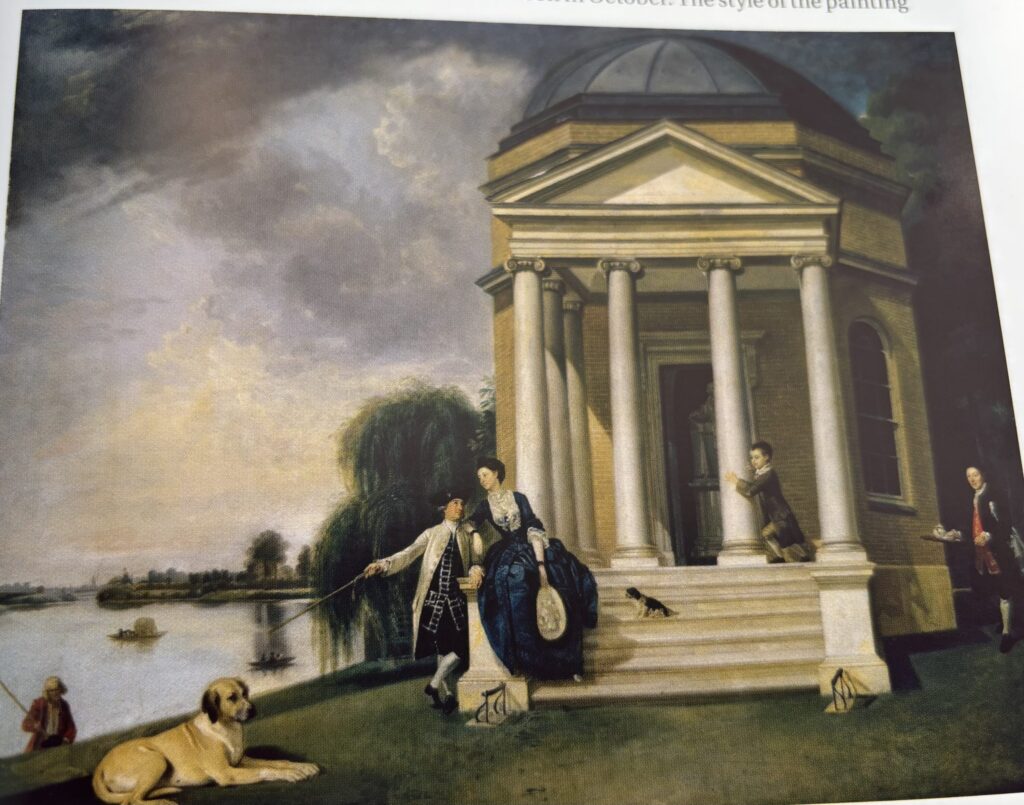
Through Garrick and the theatre he was introduced to the King, George III and the new Queen, Charlotte. Many Royal commissions ensued from this, mainly at Kew Palace.
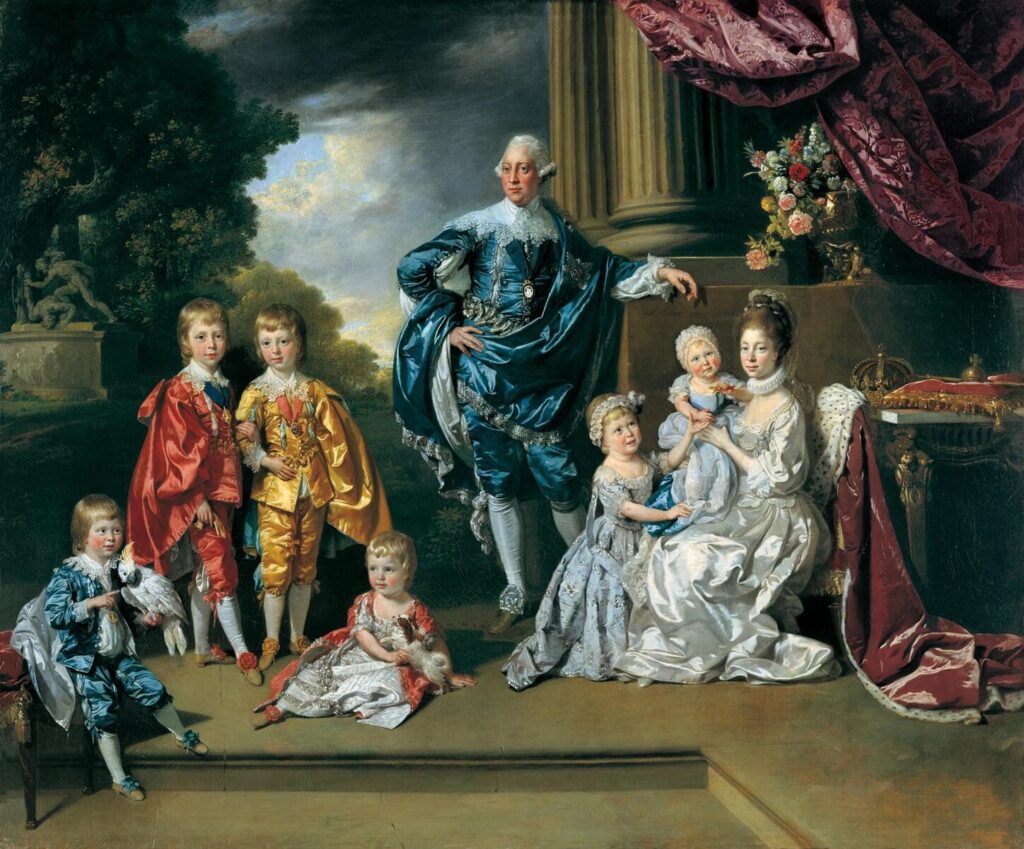
By 1764 Zoffany had enough money to rent a ‘country house’ near Kew for a few years, namely the house called Stile House, which was very convenient for the Palace over the bridge.
In 1768 he became a founding member of the new Royal Academy of Arts – one of his most famous paintings was of the Academicians of the Royal Academy which included his self portrait (in the left foreground).
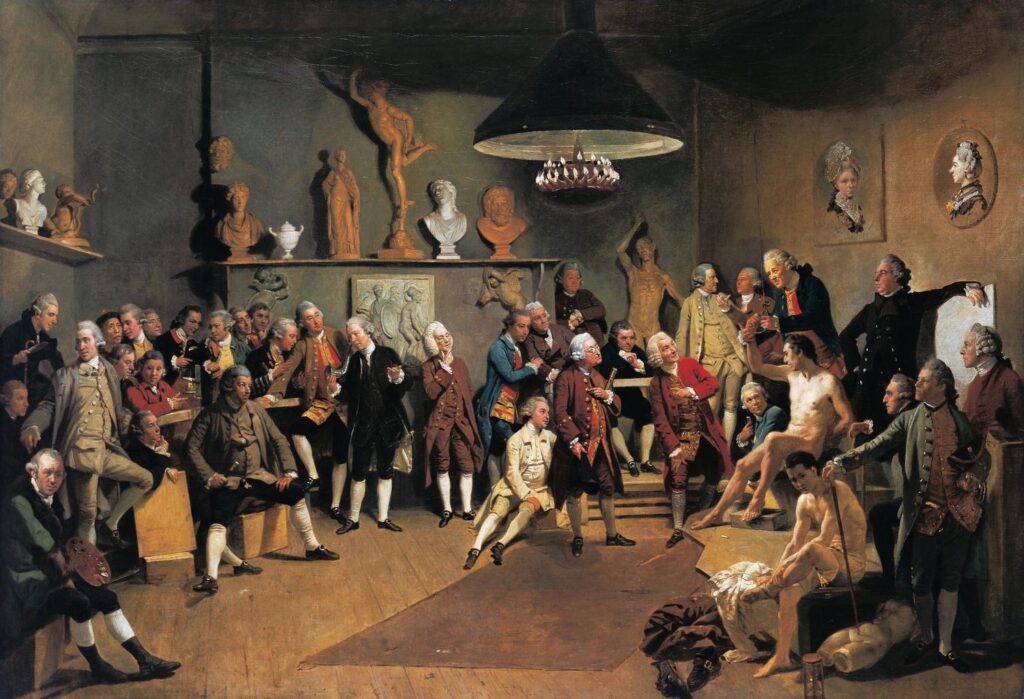
Life in Italy
In 1772 Zoffany had a commission from Queen Charlotte – to paint the Tribuna of the Uffizi Gallery. He travelled via France to Italy, and was accompanied by Mary Thomas the fourteen year old girl carrying his child – after she had embarked, uninvited, onto his boat before he did. With her strength of character and beauty, she was able to stay and show herself to be an asset for him, and they appeared to others to be a ‘married couple’. In fact he was still married to Juli, who had already moved back to Germany
Time in India
Zoffany and Mary moved back to England in 1778, and soon after he set sail for India and stayed there for six years. Mary and the children stayed in England. India gave Zoffany freedom from domesticity, and the enjoyable lifestyle available to male expats from England.
Later Years
Zoffany returned to London in 1789 to 85 Strand on the Green, where he lived until his death in1810. After Juli’s death in 1805, he and Mary were legitimately married at St Pancras’ Church.

Zoffany was a very talented painter who made use of various styles of painting – portraits, including many self portraits, family groups large and small, conversation pieces, social scenes from real life or dramatic scenes from the theatre, and he was able to easily switch between genres. His Royal commissions meant that his work stayed in the public view over the years.
A street near Archway is named after Zoffany, and it is the last entry in the A to Z of London streets, just as Zoffany is the last entry in our A to Z from the Chiswick Archives.
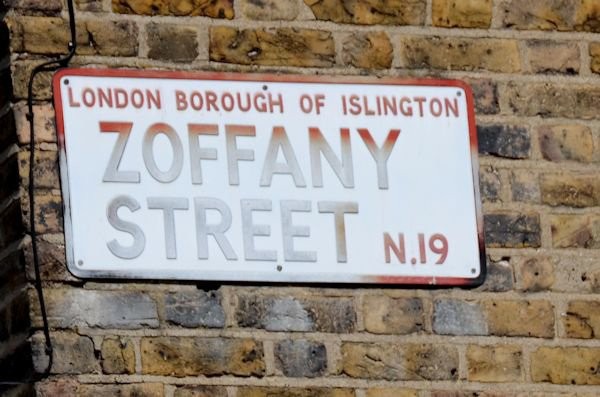
See our full A-Z of the Chiswick House Archives here.
Thanks to: Elania Pieragostini, Senior Curator, Devonshire Collection, Chatsworth.
Sources:
- Johan Zoffany. By Penelope Treadwell. 2009.
- Johan Zoffany. Published by the National Portrait Gallery. 1976
- Where was London Stile? Article by Val Bott in B&C Local History Journal. 2020.
- All images, apart from the Chatsworth painting, and 2 photos, are in the public domain.